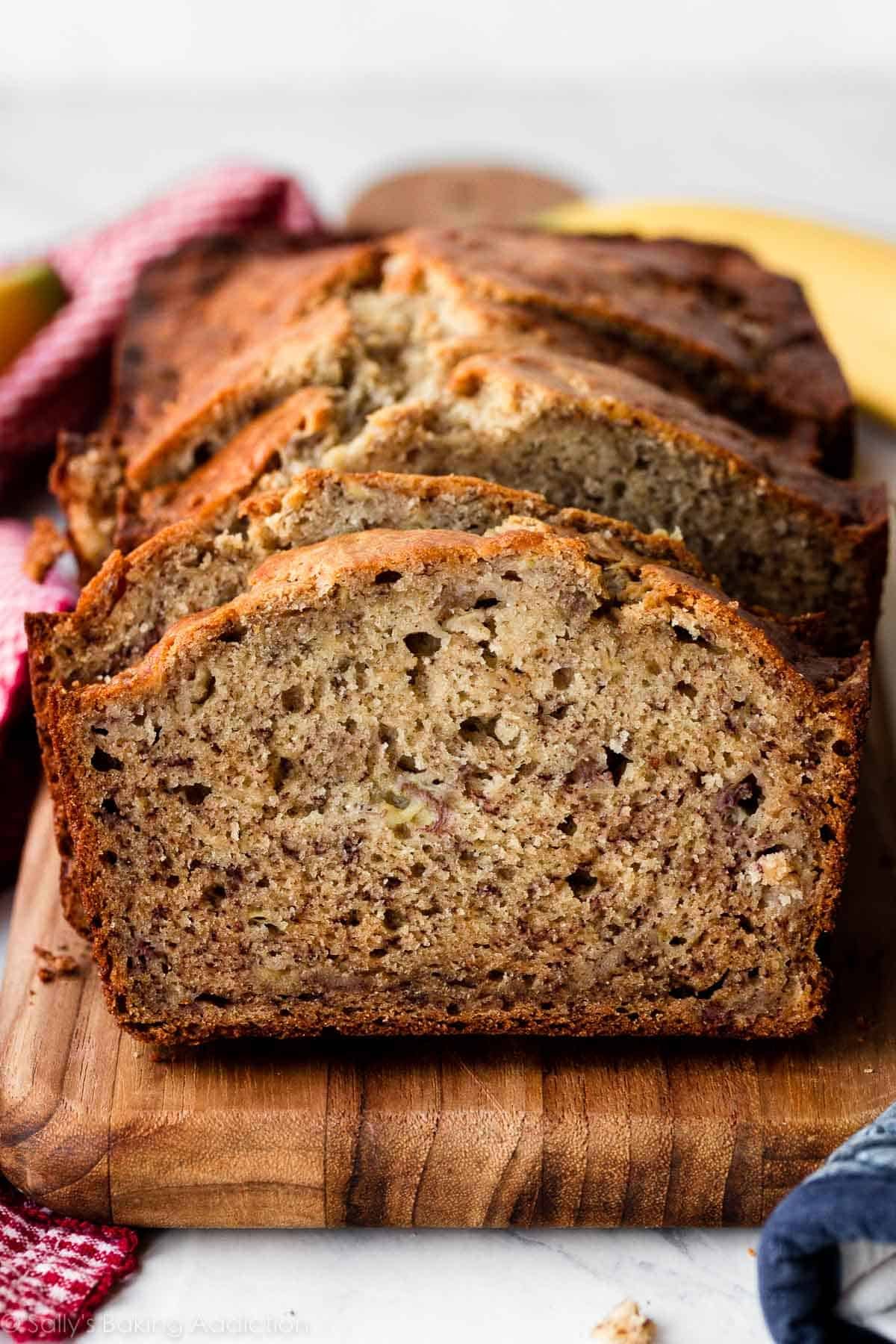Introduction:
In the world of gastronomy, few creations captivate the senses and ignite a culinary journey quite like curry sauce. A melange of aromatic spices, rich textures, and vibrant flavors, curry sauce stands as a testament to the diverse tapestry of global cuisine. Originating from the Indian subcontinent and subsequently making its mark on kitchens worldwide, this ambrosial concoction has evolved into a versatile and beloved element in the culinary lexicon. Join us as we delve into the heart of curry sauce, exploring its history, ingredients, preparation techniques, and the myriad ways it elevates dishes to unparalleled heights.
A Brief History:
The origins of curry sauce can be traced back to the Indian subcontinent, where it emerged as an integral part of the diverse regional cuisines. The term “curry” itself is a Western adaptation of the Tamil word “kari,” meaning a spiced sauce. While curry is often associated with Indian cuisine, it has traversed continents and adapted to various palates, becoming a global gastronomic phenomenon.
Indian curry sauces are as diverse as the subcontinent’s cultural landscape, with regional variations reflecting local ingredients, traditions, and cooking styles. Over the centuries, the spice trade and cultural exchanges facilitated the spread of curry to Southeast Asia, Africa, the Caribbean, and beyond. Each destination embraced the concept of curry, adding its own unique twist and creating a symphony of flavors that resonates globally.
Key Ingredients:
The allure of curry sauce lies in its complex blend of spices, herbs, and other essential components that contribute to its depth and character. While recipes vary widely, certain key ingredients form the backbone of this culinary masterpiece:
- Spices:
- Cumin: Earthy and warm, cumin adds depth to the sauce.
- Coriander: Citrusy and floral, coriander provides a bright and aromatic note.
- Turmeric: Known for its vibrant yellow hue, turmeric imparts warmth and a subtle bitter undertone.
- Cardamom: Fragrant and slightly sweet, cardamom lends a touch of luxury to the sauce.
- Cinnamon and cloves: These spices contribute a hint of sweetness and warmth.
- Aromatics:
- Garlic: A pungent foundation that adds depth and richness.
- Ginger: Zesty and aromatic, ginger brings a lively kick to the sauce.
- Onions: Caramelized onions provide sweetness and a robust base.
- Tomatoes:
- Fresh or canned tomatoes: Tomatoes contribute acidity and a luscious texture to the sauce.
- Chilies:
- Fresh or dried chilies: These add heat and a fiery dimension to the sauce, customizable to individual spice preferences.
- Liquid Base:
- Broth, coconut milk, or yogurt: These components create the saucy consistency and add richness to the final product.
- Herbs:
- Cilantro or curry leaves: Fresh herbs contribute a burst of freshness and a distinctive aroma.
Preparation Techniques:
Creating an exceptional curry sauce is an art that involves a careful balance of flavors and a nuanced understanding of spice combinations. The preparation techniques can vary, but a typical process involves the following steps:
- Toasting Spices:
- Dry-roast whole spices like cumin, coriander, and cardamom to enhance their flavors before grinding them into a spice blend.
- Sautéing Aromatics:
- Sauté garlic, ginger, and onions until golden brown, creating a flavorful base for the sauce.
- Building Layers:
- Add the ground spice blend to the aromatics, allowing the flavors to meld and infuse into the base.
- Incorporating Tomatoes:
- Introduce tomatoes to the mix, whether fresh or canned, and let them simmer until the sauce reaches a rich, thick consistency.
- Balancing Flavors:
- Adjust the seasoning by adding salt, sugar, or acid (lemon juice or vinegar) to achieve a harmonious balance of sweet, sour, salty, and spicy notes.
- Customization:
- Customize the heat level by adjusting the amount of chili used, and experiment with additional ingredients like coconut milk, yogurt, or cream for richness.
Culinary Versatility:
The beauty of curry sauce lies in its ability to transcend cultural boundaries and adapt to a myriad of culinary applications. From the fiery curries of India to the milder, coconut-infused Thai varieties, curry sauce has become a canvas for culinary innovation. Here are some popular dishes that showcase the versatility of this ambrosial sauce:
- Chicken Tikka Masala:
- Succulent pieces of chicken are marinated, grilled, and then simmered in a creamy tomato-based curry sauce, creating an iconic dish that has become synonymous with Indian cuisine worldwide.
- Red and Green Thai Curries:
- Thai cuisine celebrates curry with its vibrant red and green curry pastes. These pastes, made from a variety of aromatic herbs and spices, form the basis for rich and fragrant curry sauces that enrobe ingredients like chicken, shrimp, or vegetables.
- Japanese Katsu Curry:
- A fusion of Japanese and curry influences, this dish features breaded and fried cutlets served with a velvety curry sauce. The result is a delightful juxtaposition of crispy and saucy textures.
- Caribbean Goat Curry:
- In the Caribbean, curry takes on a distinct identity with goat meat marinated in a spicy curry sauce. The slow-cooked dish showcases the depth of flavors that emerge when curry meets the bold and savory character of goat meat.
- Vegetarian Chickpea Curry:
- Embracing the rich tapestry of vegetarian cuisine, chickpea curry combines the nutty flavor of chickpeas with a fragrant curry sauce, creating a hearty and satisfying plant-based dish.
Culinary Influence Beyond Borders:
The global appeal of curry sauce is a testament to its ability to adapt and integrate seamlessly into diverse culinary traditions. As it traveled from the Indian subcontinent to Southeast Asia, Africa, the Caribbean, and beyond, curry has not only retained its essence but has also evolved into a symbol of fusion cuisine. The blending of flavors, techniques, and ingredients has given rise to a myriad of regional interpretations, each contributing to the rich mosaic of global gastronomy.
- British Curry Culture:
- In the United Kingdom, curry has become a national dish, with curry houses dotting the landscape. The immensely popular Chicken Tikka Masala, often considered a British invention, exemplifies how curry has woven itself into the fabric of British culinary identity.
- Japanese Curry:
- Japan’s adaptation of curry, known as “kare,” has become a beloved comfort food. The Japanese version often features a milder, sweeter sauce and is served with rice and a variety of proteins, including pork, beef, and seafood.
- Caribbean Fusion:
- The Caribbean’s embrace of curry showcases the region’s diverse cultural influences. Curry has seamlessly integrated into Caribbean cuisine, coalescing with indigenous ingredients to create dishes that are a celebration of flavor and tradition.



